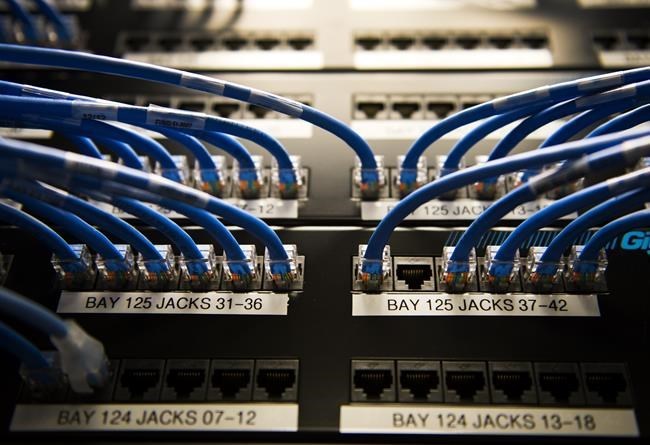TORONTO — A new report says bridging the infrastructure gaps experienced by Indigenous Peoples would boost the population's GDP by up to 17 per cent.
The research from RBC Economics says the Indigenous population has lower workforce participation rates, higher unemployment rates and an eight per cent hourly wage gap, when compared with non-Indigenous Canadians.
RBC says Indigenous people are also more likely to be underhoused or living on reserves with limited access to high-speed internet.
To address such issues by 2030, the Assembly of First Nations estimates Canada needs to spend $350 billion.
If Canada addressed the gaps, RBC says not only would it boost Indigenous GDP by 17 per cent, but the country would also add close to half a percentage point to its total production capacity.
Indigenous people make up five per cent of Canada's population and before the pandemic, accounted for 2.5 per cent of the country's GDP.
This report by The Canadian Press was first published Nov. 15, 2023.
The Canadian Press



